I ended up creating an aspect that targets all of the Command Handlers. It extends the AbstractOperationCollectionAspect, implements the collectionPoint aspect passing in the Handler as an argument to use when it implements the createOperation method.
I.e.
public aspect CommandHandlerOperationCollectionAspect extends AbstractOperationCollectionAspect
{
public pointcut collectionPoint():
execution(* com.xtrac.common.core.handler.ThreadedHandler.HandlerRunnable.executeActorHandler(com.xtrac.common.core.handler.Handler,java.lang.Object));
protected Operation createOperation(JoinPoint jp)
{
Object[] args = jp.getArgs();
com.xtrac.common.core.handler.Handler handler = (Handler) args[0];
Operation operation = new Operation()
.type(XTRACOperationType.COMMAND_HANDLER)
.label(handler.getClass().getSimpleName())
.sourceCodeLocation(getSourceCodeLocation(jp));
return operation;
}
@Override
public String getPluginName()
{
return HandlerPluginRuntimeDescriptor.PLUGIN_NAME;
}
@Override
public boolean isMetricsGenerator()
{
return true;
}
}
I also implemented an AbstractSingleTypeEndpointAnalyzer to fill out the analyzer:
public class HandlerEndPointAnalyzer extends AbstractSingleTypeEndpointAnalyzer
{
private static final HandlerEndPointAnalyzer INSTANCE=new HandlerEndPointAnalyzer();
private HandlerEndPointAnalyzer() {
super(XTRACOperationType.COMMAND_HANDLER);
}
public static final HandlerEndPointAnalyzer getInstance() {
return INSTANCE;
}
@Override
protected EndPointAnalysis makeEndPoint(Frame handlerFrame, int depth) {
Operation operation = handlerFrame.getOperation();
String resourceLabel = operation.getLabel();
String exampleRequest = EndPointAnalysis.getHttpExampleRequest(handlerFrame);
return new EndPointAnalysis(EndPointName.valueOf(resourceLabel),
resourceLabel,
exampleRequest,
getOperationScore(operation, depth),
operation);
}
being sure to add it as a descriptor:
public class HandlerPluginRuntimeDescriptor extends PluginRuntimeDescriptor {
public static final String PLUGIN_NAME = "handler";
private static final HandlerPluginRuntimeDescriptor INSTANCE=new HandlerPluginRuntimeDescriptor();
private static final List<? extends EndPointAnalyzer> epAnalyzers=
ArrayUtil.asUnmodifiableList(HandlerEndPointAnalyzer.getInstance());
private HandlerPluginRuntimeDescriptor() {
super();
}
public static final HandlerPluginRuntimeDescriptor getInstance() {
return INSTANCE;
}
@Override
public Collection<? extends EndPointAnalyzer> getEndPointAnalyzers() {
return epAnalyzers;
}
@Override
public String getPluginName() {
return PLUGIN_NAME;
}
}
All noted in the spring xml file:
<beans xmlns="http://www.springframework.org/schema/beans"
xmlns:xsi="http://www.w3.org/2001/XMLSchema-instance" xmlns:insight="http://www.springframework.org/schema/insight-idk"
xsi:schemaLocation="http://www.springframework.org/schema/beans http://www.springframework.org/schema/beans/spring-beans-3.0.xsd
http://www.springframework.org/schema/insight-idk http://www.springframework.org/schema/insight-idk/insight-idk-1.0.xsd">
<insight:plugin name="handler" version="${project.version}" publisher="XTRAC Solutions LLC" />
<insight:operation-group group="XTRAC Handlers" operation="command_handler_operation" />
<insight:operation-group group="XTRAC Handlers" operation="event_handler_operation" />
<insight:operation-group group="XTRAC Classic" operation="xtrac_workflow_operation" />
<insight:operation-view operation="command_handler_operation"
template="com/xtrac/insight/command_handler_operation.ftl" />
<insight:operation-view operation="event_handler_operation"
template="com/xtrac/insight/event_handler_operation.ftl" />
<insight:operation-view operation="xtrac_workflow_operation"
template="com/xtrac/insight/xtrac_workflow_operation.ftl" />
<bean id="handlerPluginEndPointAnalyzer"
class="com.xtrac.insight.HandlerEndPointAnalyzer"
factory-method="getInstance"
lazy-init="true"
/>
<bean id="handlerPluginRuntimeDescriptor"
class="com.xtrac.insight.HandlerPluginRuntimeDescriptor"
factory-method="getInstance"
lazy-init="true"
/>
</beans>
along with some ftls.
I also created a MethodOperationCollectionAspect to collect some of the web service calls that occur in these handers. This sets it up for a nice display that tells me a lot about what is going on during the hander operation, and how much time it takes. E.g.

This set up a framework for maintaining a monitor on the health of the application if I set up the base line Thresholds for the named handlers

This is very useful because I can then tell if the application is healthy. Otherwise, the endpoints default to <200 ms for healthy.



